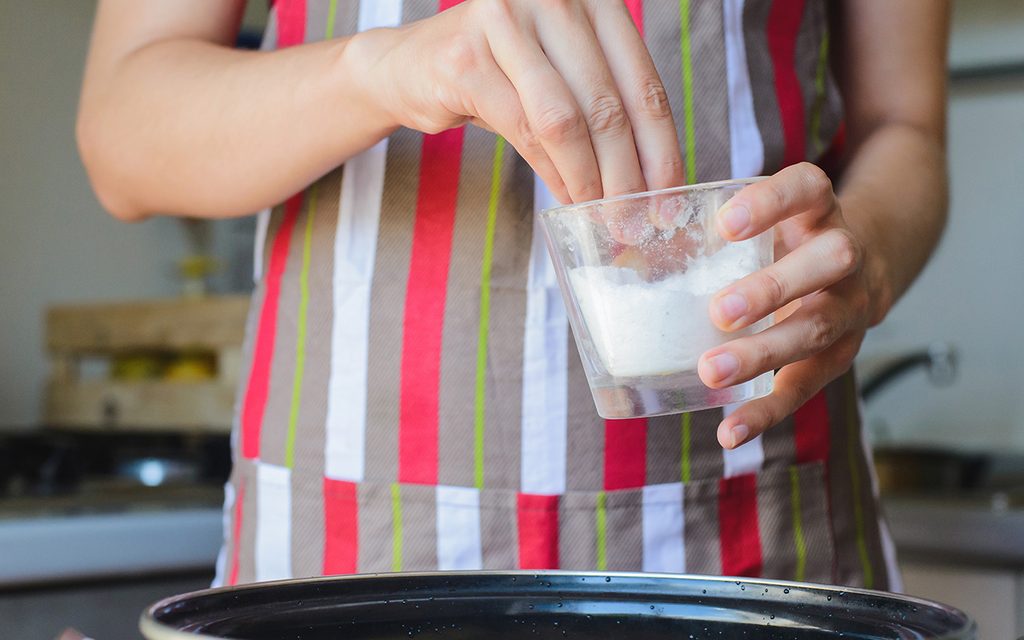What’s the Difference Between a Pinch, a Dash, and a Shake?
Updated: Nov. 04, 2022

We love vintage cookbooks, but sometimes we need an exact measurement when trying a recipe for the first time—not just "add a pinch of salt." We break down what those vague directions actually mean.
What is a pinch? How much is a dash? Can you even measure a shake? These are questions we find ourselves asking when making our favorite vintage recipes straight from Grammy’s kitchen. Her recipe box doesn’t have the answers, but several baking experts do. They shed some light on how to turn words into tangible measurements. It’s important to get the measurements right, as you’ll see from these cooking mistakes that ruin your food.
How do you measure a pinch, a dash, and a shake?
You may have grown up thinking these words all meant the same thing, but there are quantifiable differences between a pinch, a dash, a shake, a smidgen, and a drop. (Here are other common cooking terms worth knowing). Many baking experts agree on a set of core measurements for these terms, with each being a fraction of a teaspoon. The measurements are as follows:
- Tad: 1/4 tsp.
- Dash: 1/8 tsp.
- Pinch: 1/16 tsp.
- Smidgen or Shake: 1/32 tsp.
- Drop or Nip: 1/64 tsp.
The best way to get a feel for how much these measurements really are is by picking up a set of mini measuring spoons, which are specifically labeled with words instead of measurements. As you measure with specialized spoons, drop the contents on a dark surface so you can get a good visual idea of how much these measurements mean in practice.
Should I measure with words?
Now that you see how small some of these measurements really are, the question becomes, “Should I really use 1/64 of a teaspoon in this recipe? Will that really work?” And the answer is: It depends.
Small-batch baking is incredibly precise, so if you’re told to use a pinch of salt, use 1/16 tsp. of salt. The smaller the recipe, the more important it is that you stick to the script. But if you’re making a large batch of pasta for eight people, a dash of the best salt won’t do much to add flavor to your dish. Did you know there are over five types of salt?
Samin Nosrat, author of Salt Fat Acid Heat, notes that salt is one of the most important flavor-building ingredients you can add to any plate, and unless you’re salting the top of a finished meal, a pinch won’t make much of a difference. But ultimately it all comes down to your palate—start with a pinch, then keep adding until you reach the flavor you’re looking for.
Love combing through vintage recipes? Check out these fascinating facts about vintage baking. Then, learn about 50 kitchen mistakes you’re probably making—and how to fix them.
Every product is independently selected by our editors. If you buy something through our links, we may earn an affiliate commission.